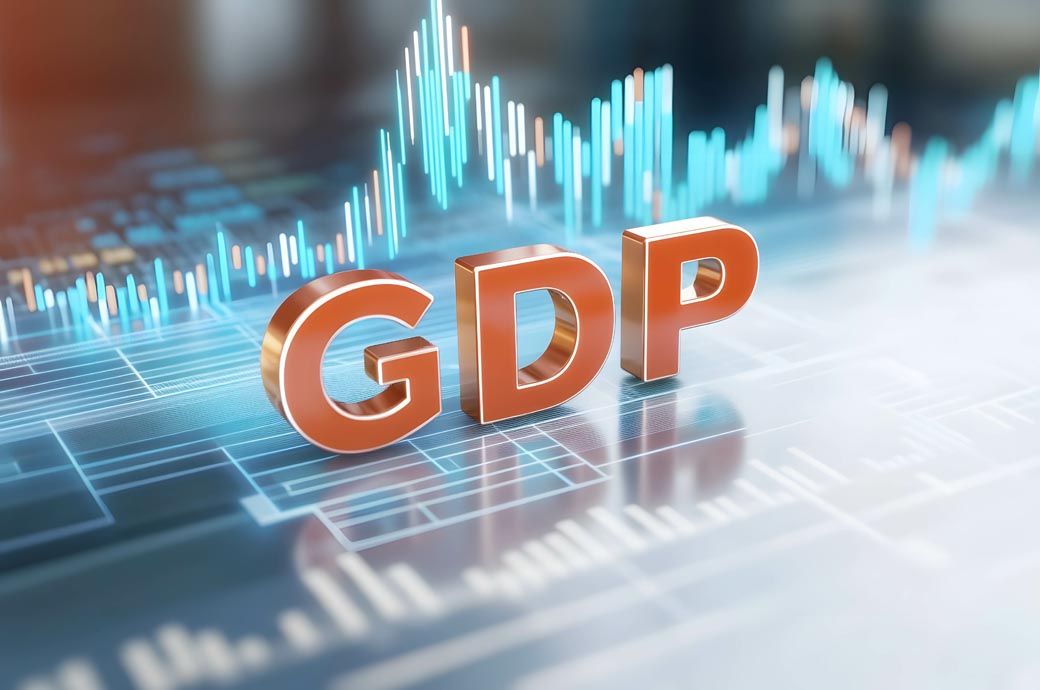

Inflation in the OECD countries is expected to ease further, from 5.4 per cent in 2024 to 3.8 per cent in 2025 and 3 per cent in 2026, supported by the still restrictive stance of monetary policy in most countries.
Headline inflation has already returned to central bank targets in nearly half of the advanced economies and close to 60 per cent of emerging market economies, an OECD release said citing the document.
Labour markets have gradually eased, yet unemployment remains low by historical standards. Strong nominal wage gains and continued disinflation have bolstered real household incomes.
However, private consumption growth remains subdued in most countries, reflecting weak consumer confidence. Global trade volumes are recovering, with a projected increase of 3.6 per cent in 2024.
Growth prospects vary significantly across regions. GDP growth in the United States is projected to be 2.8 per cent in 2025, before slowing to 2.4 per cent in 2026.
In the euro area, the recovery in real household incomes, tight labour markets and reductions in policy interest rates continue to drive growth. Euro area GDP growth is projected at 1.3 per cent in 2025 and 1.5 per cent in 2026.
Growth in Japan is projected to expand by 1.5 per cent in 2025, but then decline to 0.6 per cent in 2026. China is expected to continue to slow, with GDP growth of 4.7 per cent in 2025 and 4.4 per cent in 2026.
The Outlook highlights persistent uncertainty. An intensification of the ongoing conflicts in the Middle East could disrupt energy markets and hit confidence and growth. Rising trade tensions might risk hampering trade growth.
Adverse surprises related to growth prospects, or the path of disinflation could trigger disruptive corrections in financial markets. Growth could also surprise on the upside.
Improvements in consumer confidence, for example if purchasing power recovers quicker than anticipated, could boost spending. An early resolution to major geopolitical conflicts could also improve sentiment, and lower energy prices, the Outlook added.
Fibre2Fashion News Desk (DS)